What To Look For In A Birding Camera
Imagine that y'all're on a beautiful beach and you see an unusual bird wing towards y'all. The sun is low in the sky and golden light washes over delicately patterned wings. You lot raise your photographic camera, unsure of what settings to use. When you go back home, yous realize the shots are blurry and overexposed – and worse, the pictures accept just plenty item to place the bird as a Far Eastern Curlew, a species you lot've been trying to photograph for years. How can yous avert this disaster?
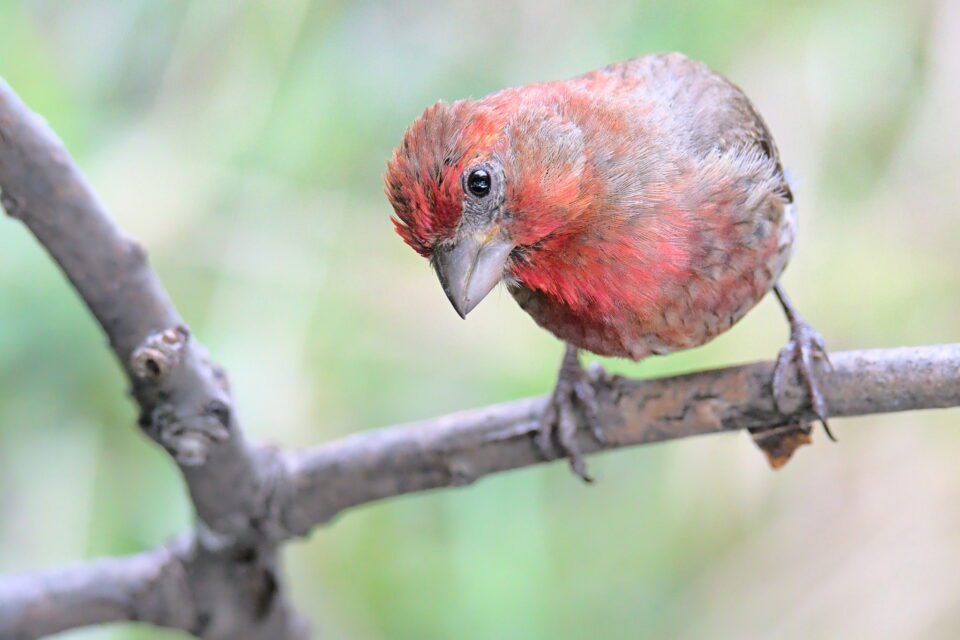
In bird photography, there are some commonly used camera settings that are a neat starting point for most whatsoever situation. No matter how rushed you are, you should be able to capture good, precipitous images of birds. Below, I'll introduce these settings and when to apply them.
Shutter Speed
Shutter speed is the near crucial variable for bird photography because birds are about always moving, and you need a fast enough shutter speed to freeze that motion. But in the opposite direction, you also desire to use the longest shutter speed possible because in that location is never plenty low-cal! The right shutter speed for a stationary hawk perched on a branch at sunset may be something like i/200 2nd, only if it takes off, you'll need closer to 1/2000 to avoid mistiness.
The all-time shutter speed also depends somewhat on your focal length and how close you are to the bird. To simplify matters, I take created the post-obit table. It gives proficient starting points for a recommended shutter speed for focal lengths of about 500-600mm (full frame) and the bird taking upwards most of the composition:
| Situation | Safe Recommendation | Typical Range I Use |
|---|---|---|
| Perched, still birds | 1/400 | 1/40-i/640 |
| Walking or slowly moving birds | 1/800 | 1/500-ane/1500 |
| Running and darting birds | 1/1200 | 1/800-1/1500 |
| Birds in flight, tiresome | 1/2500 | i/2000-1/3200 |
| Birds in flight, fast | i/3200 | 1/2500-one/8000 |
These values are typical, but non universal, and at that place is room for experimentation. For example, I specified a huge range for perched birds because different species behave differently. Owls and herons can stay very nevertheless. If you lot have time to brace yourself or utilise a monopod, you can accomplish incredibly low shutter speeds with these species, particularly if your lens has optical stabilization enabled. On the other mitt, if the bird has feathers waving in the wind, you lot will have to use a much faster shutter speed to become a razor-sharp await.
For rarer birds, I always start with a prophylactic value, and if I have fourth dimension, I volition start taking risks. If your shutter speed is risky, yous will increase the probability of getting at least one sharp shot if you lot take a series of multiple photos in a row.
Once birds kickoff moving, y'all need to utilize a faster shutter speed. I recommend a starting value of one/800 for slow-moving birds. Such birds ofttimes pause, and you desire to go them at around that fourth dimension. Keep in mind that certain bird species, such as rails, accept quick twitches like tail-flicking fifty-fifty when they are walking slowly, so if you lot are photographing such a bird, you'll need to use even faster speeds.
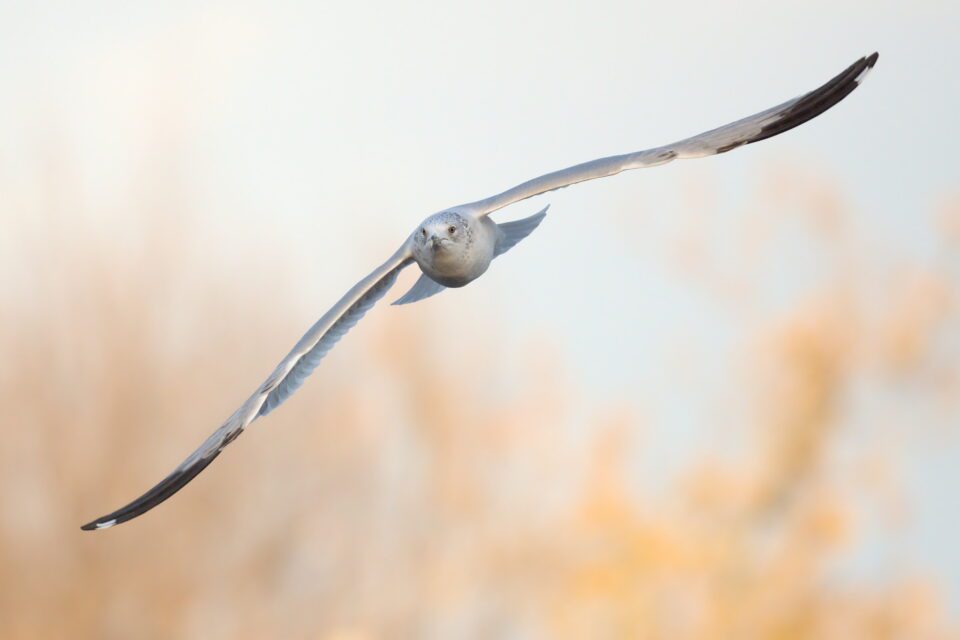
With birds in flight, I'one thousand almost e'er at 1/2500-one/3200 for larger birds and 1/4000 or faster for smaller birds. However, with larger birds in flight, yous tin also pan at much slower speeds such as i/250, following the bird as it flies. This creates a dreamy background with movement mistiness that is worth exploring.
Discontinuity
If the aperture mechanism of my birding lens were broken and stuck wide open up, I probably wouldn't even find. Maybe it seems sacrilegious how picayune I care about changing aperture, but there's a skilful reason for that. There never seems to be enough light to utilize the fast shutter speeds I need, so I think it's helpful to shoot with my aperture wide open whenever possible.
Stopping downward for depth of field does makes sense, only from my experience, when a bird is in the optimal pose and the eye is sharp, the depth of field wide open up (f/iv or f/5.6) is already good enough. For larger birds, I take noticed that on some rare occasions I do cease downward, such as shooting ducks when the body is in a slightly dissimilar focus plane than the head.
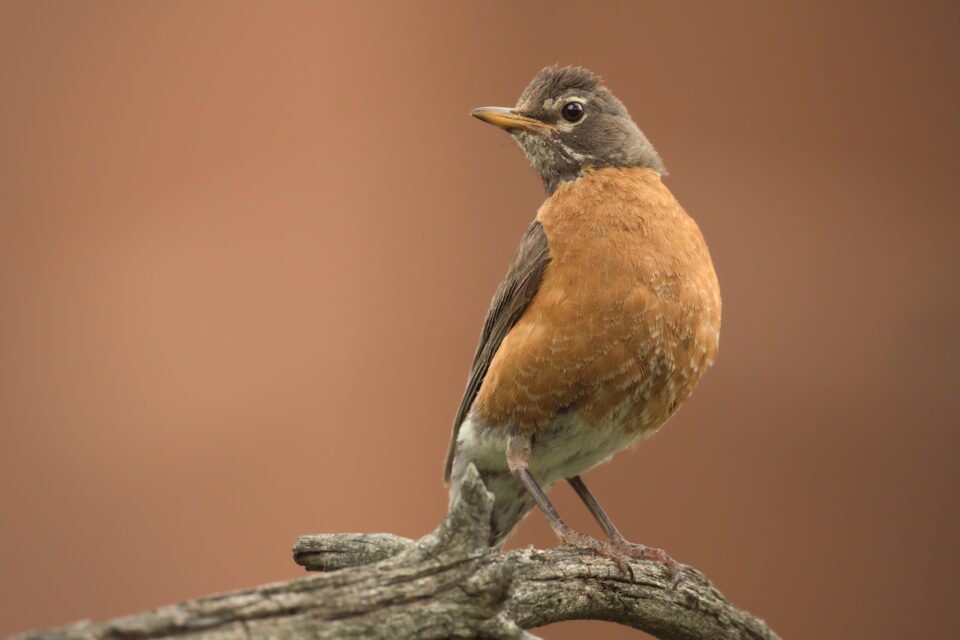
With some lenses, stopping downwardly ane stop can improve sharpness, but the latest supertelephoto primes are typically near or at their maximum sharpness wide open up.
Therefore, my recommendation is to shoot wide open up and only cease down when necessary to get more depth of field. Personally, over 95% of my shots are wide open up.
ISO
There are ii ways to choose the ISO. Y'all tin can use Auto ISO (then fine tune it with exposure compensation), or else choose it manually. In practice, as long as I have easy admission to a dial to alter the exposure compensation, I observe Auto ISO to work well. This is especially true with mirrorless cameras where the exposure preview is immediately apparent through the electronic viewfinder.
However, there are some situations where you can apply true manual style. If you lot are in 1 place where the light is fairly abiding and yous are not varying your shutter speed either, such as past a river shooting birds in flight, you tin can prepare the ISO manually. The reason why this can be worthwhile is that some birds have very small spots of bright feathers, and the camera may advise different exposures based on which direction the bird faces, when you'd rather the exposure settings remain constant. By fixing a safety ISO value, y'all can avert the camera metering somewhat randomly.
A "prophylactic" ISO is 1 that doesn't blow out any of import highlight values. You tin can decide this ISO value by photographing the brightest birds at the beginning of the shooting session and finding an ISO that doesn't overexpose them. Yet, this comes with the caveat that your scene will slowly get brighter if yous are shooting in the early on morning, and y'all may gradually cease up with overexposed images.
If your camera has an overexposure indicator (such as the "blinkies" on overexposed areas), this can exist helpful to watch – whether straight in the EVF on a mirrorless camera or when reviewing your images on a DSLR.
Metering
If any of the three variables above – shutter speed, aperture, and ISO – are ready automatically by the photographic camera, yous will be relying heavily on the camera's metering organization to make up one's mind the proper exposure. Fifty-fifty if you're setting all 3 values manually, the meter will nevertheless appear in the viewfinder to tell you whether the camera estimates y'all are over, nether, or properly exposed.
I tend to utilize spot or eye-weighted metering for most bird portraits since these tend to produce the virtually consistent exposures for me. Different cameras meter differently so yous might need to experiment a footling. Matrix/evaluative metering is usually the most advanced and hands-off metering system on a camera, just I tend to prefer the predictability of spot and heart-weighted for my bird photography.
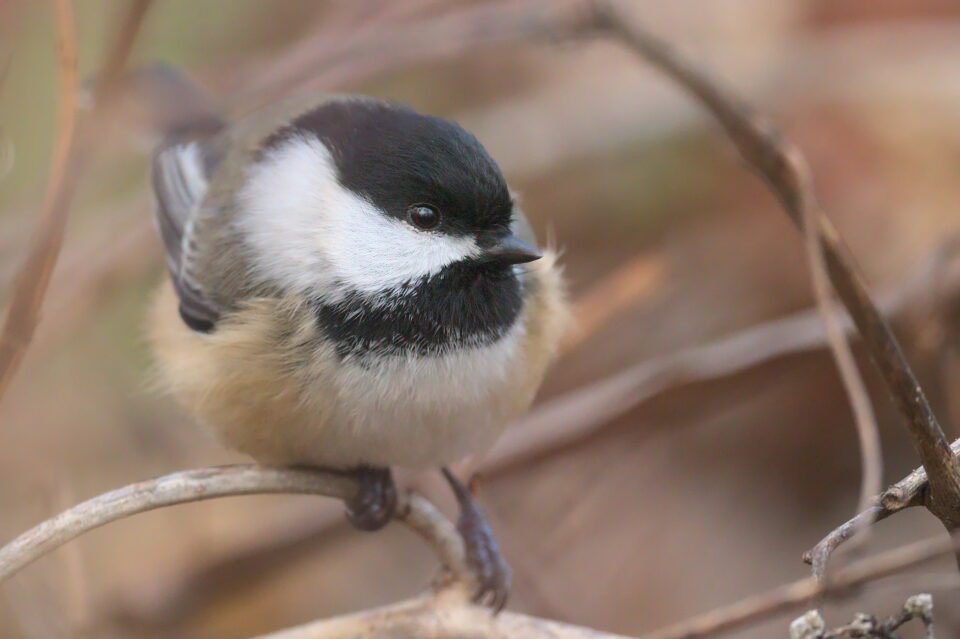
Regardless of what metering mode y'all apply, I also suggest having exposure compensation very easily accessible then that you can suit exposure speedily (though it just affects your exposure one or more of shutter speed, discontinuity, or ISO is set automatically by the camera).
Finally, I can get exposure pretty close post-obit these methods, simply in unusual situations, I always err on the side of caution. Bird photography does not usually crave intense shadow lifting in post-production, so slightly underexposed shots will not suffer much. In most modern cameras, it makes little divergence to the end result if you underexpose your images by a stop (or fifty-fifty multiple stops) and right the exposure in post, compared to using a higher ISO in the first place.
Photographic camera Modes
Given that the optimal shutter speed can vary wildly in bird photography, you lot need to be in a camera mode that allows you to control shutter speed. I recommend full Manual Style – or Manual Mode with Auto ISO and exposure compensation – to make quick adjustments.
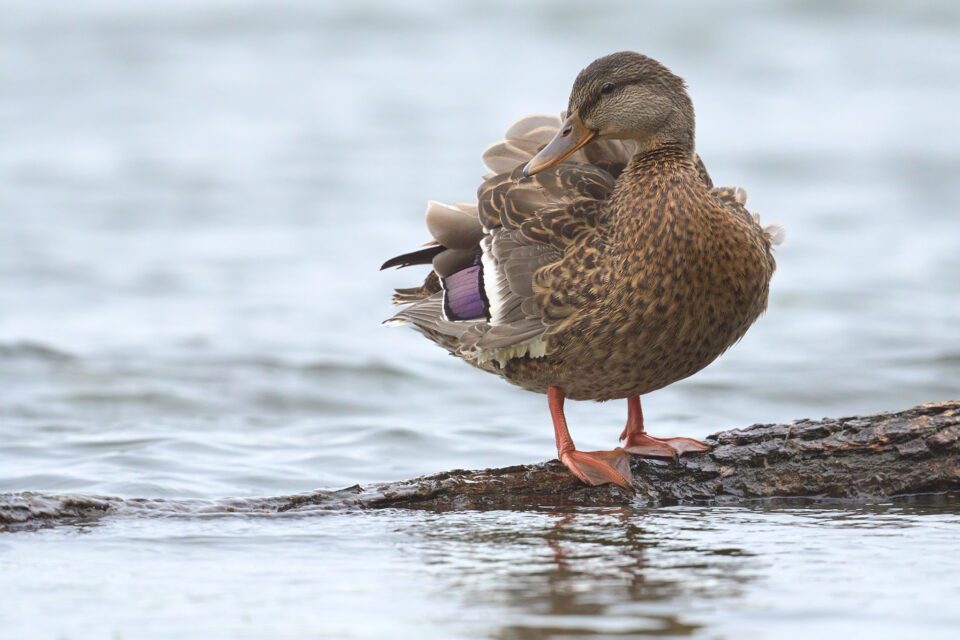
The only downside to Transmission Mode + Machine ISO is that if suddenly the light becomes too bright then that there is overexposure at base ISO, the camera has no manner to recoup automatically. In this case, there are two solutions. The beginning solution is to recognize what'due south happening and use a faster shutter speed. The other solution is quickly switching to aperture priority mode and setting your widest aperture, at which point the camera will set base ISO and a good shutter speed.
Some photographers actually shoot in aperture priority mode for almost all their bird photography for this reason. They're nonetheless able to control the shutter speed via a careful dance with Car ISO, but this is a more complex technique (discussed in item in Nasim'due south article How to Photograph Birds, nether the header "Photographic camera Settings.")
As for Shutter Priority mode, I would not recommend it for bird photography even though it may be tempting. The reason is that in brighter light, if you forget to change your shutter speed, the camera can stop down the aperture too much. Virtually modern birding lenses are sharpest at or near wide open, and I would not want to lose sharpness – not to mention the shallow depth of field I like – by letting the camera stop downwardly to something narrower like f/11.
Should You Use Back-Button Autofocus?
Dorsum-push button autofocus refers to assigning the back AF button, usually labeled AF-On, to initiate autofocus, and (usually) disabling autofocus from the half-press of the shutter button. Is this useful in bird photography?
For DSLRs, I feel the back-button autofocus is very useful, and I use information technology instead of half-pressing the shutter push button on my D500. Information technology tin can be useful to printing the AF-On button to initiate focus, shift the composition a little, then accept my photo. In cases like that, I practise non want to activate autofocus by pressing the shutter push.
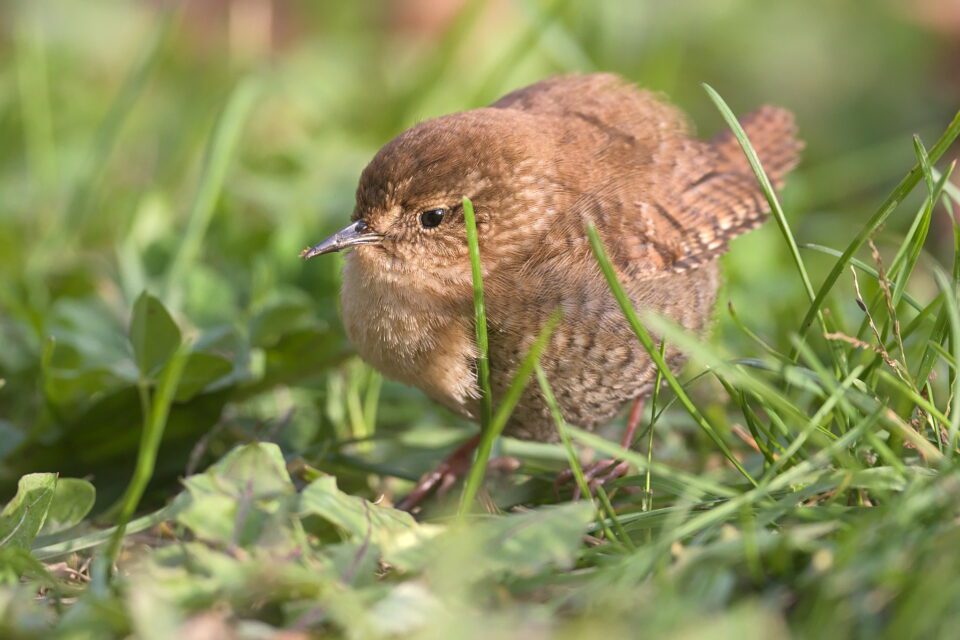
On the other mitt, with the latest mirrorless cameras, the autofocus systems have very intelligent tracking and can follow a discipline across almost the entire frame, rather than a minor portion in the center of the viewfinder. This reduces ii of the big reasons to employ dorsum-push button autofocus exclusively. I likewise find information technology ergonomically more comfy sometimes for depression-angle shots (like birds on the footing or in the water) to press the shutter button to focus rather than using a push button on the rear of the camera.
Whether this is worth keeping half-press autofocus available is up to you, but I at least recommend familiarizing yourself with back-button focus if you've never used it before. I do tend to leave one-half-press autofocus enabled these days, but only later on I know the benefits of using back-button.
On some cameras, yous can even get the best of both worlds by programming the AF-On button to focus in a different way as one-half-pressing the shutter button, making it very quick to switch autofocus modes. Then, it's absolutely worth learning the details of AF-On and practicing with it for a while even if yous plan to continue half-press autofocus enabled.
Raw vs JPEG
Bird photography is very unpredictable, and at times, you will need to clasp every last driblet out of your files. That'southward why I recommend shooting in Raw. Raw makes it easier to modify white balance in postal service-processing. It also makes information technology easier to reduce noise if you were shooting in low lite weather condition – very common in bird photography. I use custom noise reduction techniques in post-processing, and I feel much safer knowing I take the best starting point in a Raw rather than JPEG file.
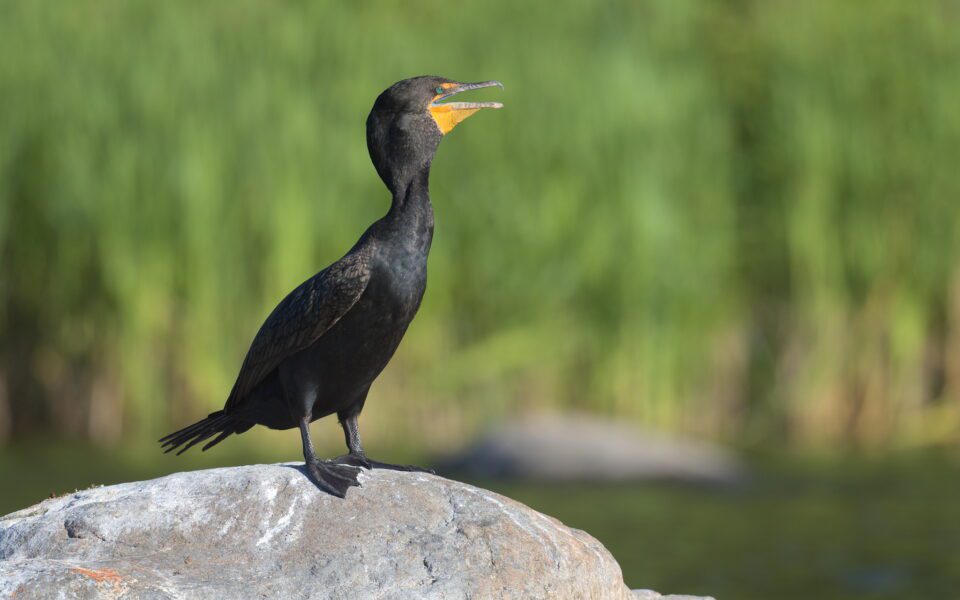
Fifty-fifty with a properly-exposed shot, I yet similar to manipulate tone curves to bring out the subtle gradations on the subject itself, and this is where Raw shines. JPEG files can look perfectly good unedited, just they'll quickly beginning to prove compression artifacts every bit yous edit them more and more.
For more than a more detailed comparison, I advise consulting our article on Raw vs JPEG.
Autofocus and Burst Mode
I can merely scratch the surface of autofocus since each camera is dissimilar and I am not an expert in every camera. With birds, I find information technology crucial to exist in continuous autofocus mode all the time for tracking movement.
Almost every photographic camera system will accept a continuous autofocus way with some way of selecting or tracking a subject. Newer mirrorless cameras often accept animal center AF modes that actually do work for birds, then I suggest experimenting with those. Chances are, you lot will besides demand to switch between a couple unlike modes from time to time, then it is worthwhile to programme a few buttons virtually your right mitt to practice this. Nasim's article on Autofocus Modes tin introduce you to some of the unlike options if y'all aren't already familiar.
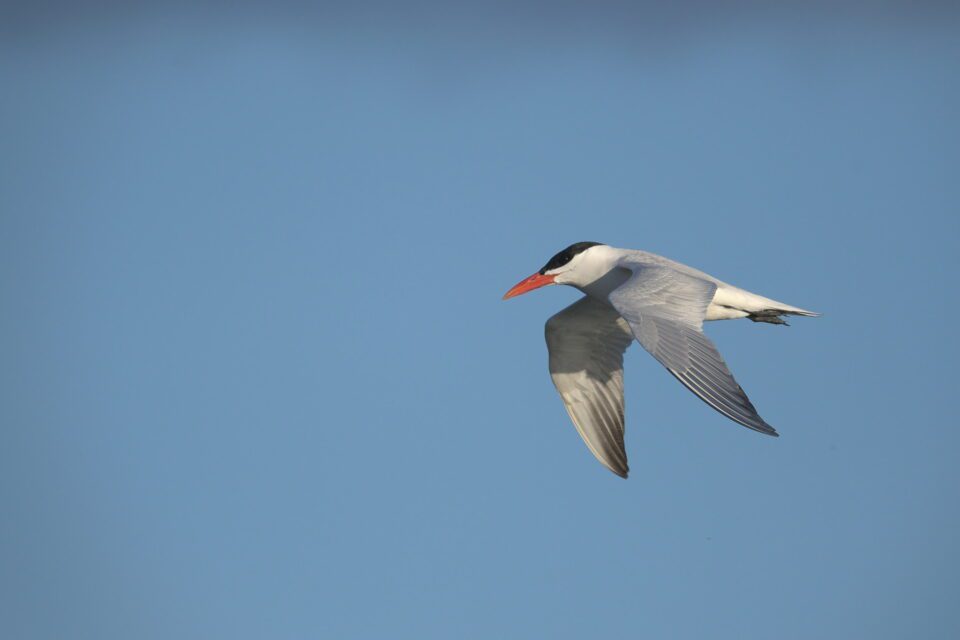
Outburst style or loftier FPS mode instructs the camera to keep taking shots as long equally the shutter push is held down. The charge per unit of shooting is typically between 10-30 frames per 2nd if you take a camera geared toward wildlife photography. This mode is useful for action shots, especially birds in flight. The only downside is that you might have more images than y'all realize (or intended) and thus terminate upwards with thousands more shots to go through at habitation. To save space on my memory bill of fare, I will often turn information technology off if I'g not photographing birds in flying.
Decision
This article has covered the most important settings for bird photography such every bit shutter speed, discontinuity, ISO, and metering modes. I recommend starting out with these safe values, but also experimenting, especially with common species of birds that you run into all the fourth dimension. The most challenging of the grouping is shutter speed, merely it'due south something y'all'll larn a lot more about as you exercise with unlike types of bird, equally each species behaves differently.
Photographic camera settings lonely won't guarantee a good bird photo, and y'all however need to capture a skillful subject area with an interesting composition and skilled post-processing. Only settings are the outset footstep in bird photography and one of the about important.
If you accept any questions well-nigh these or other camera settings for bird photography, feel gratuitous to inquire in the comments below.
Source: https://photographylife.com/bird-photography-camera-settings
Posted by: farrgivename.blogspot.com

0 Response to "What To Look For In A Birding Camera"
Post a Comment